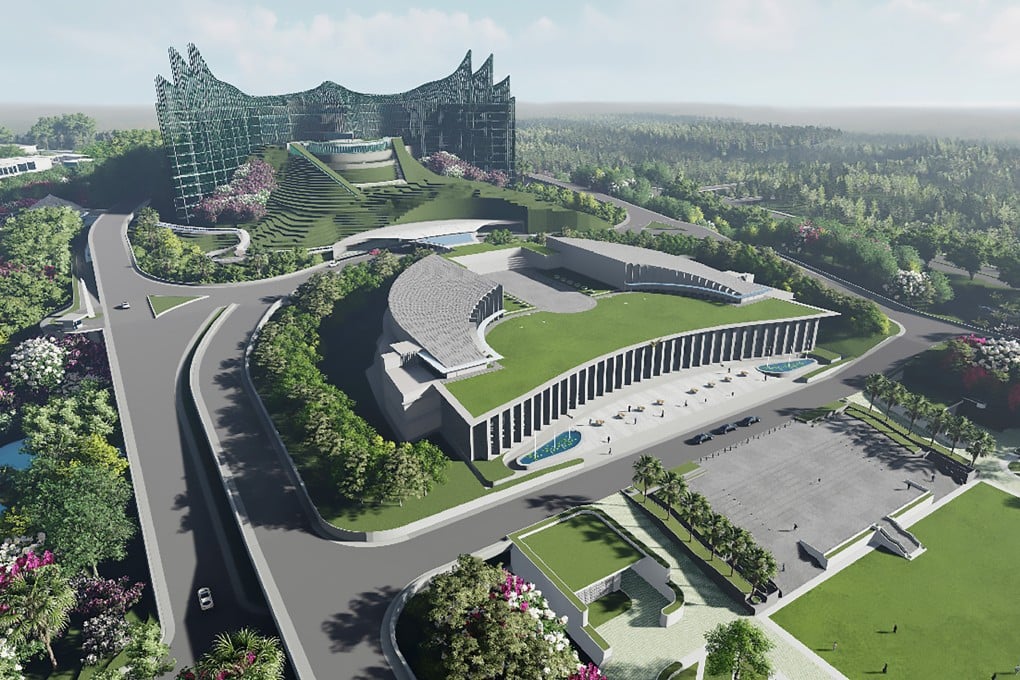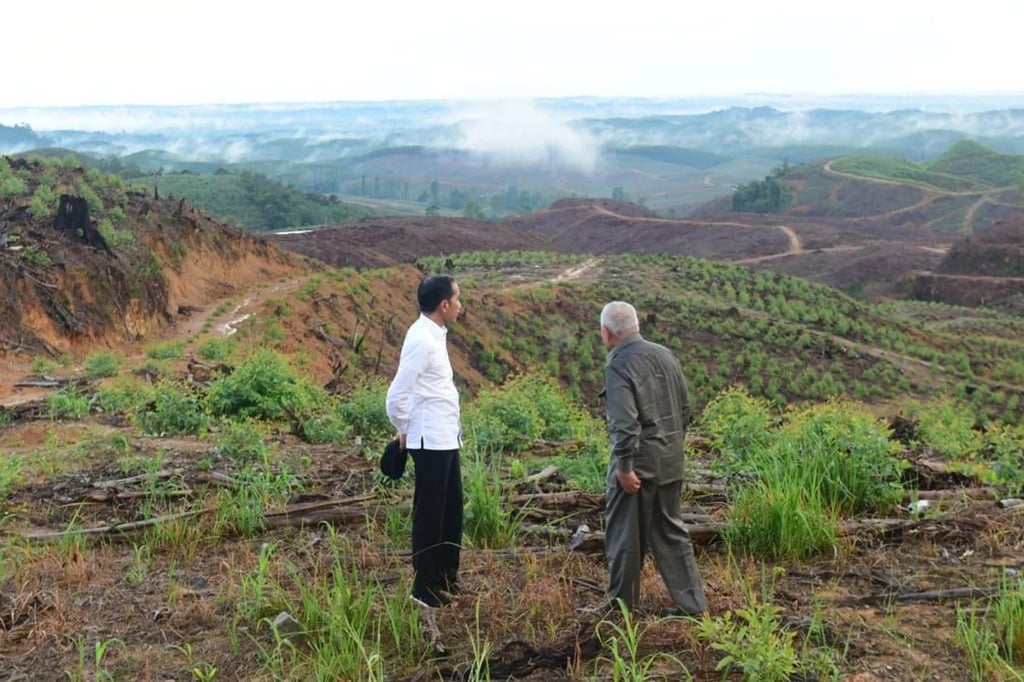Language Matters | The history of Nusantara, name chosen for Indonesia’s new capital city in Borneo
- Nusantara in East Kalimantan, Borneo, will be unveiled as Indonesia’s new capital in 2024. The name dates back to Majahapit rule in Java in the 14th century
- Then, Nusantara – literally outer islands – meant the rest of maritime Southeast Asia. The name was revived amid the anticolonial struggle against Dutch rule

In a year’s time, on Indonesia’s Independence Day on August 17, 2024, the country’s new capital city will be inaugurated, moving from Jakarta in Java to East Kalimantan, on the island of Borneo.
The world will soon become familiar with the name of this new capital city: Nusantara.
Within Southeast Asia, however, the name Nusantara has been around for centuries.
The term first appears in medieval Javanese literature, notably the 14th century Javanese Majapahit court chronicle, and the Pararaton, which documents the history of the kings of Singhasari and Majapahit in eastern Java.
The latter records the Palapa (“spices, fruit”) Oath made to the queen by Gajah Mada, the powerful military leader and prime minister of the Javanese Majapahit empire, where he swore not to have any food containing spices – interpreted as not partaking of any earthly pleasures – until he had conquered all of Nusantara for Majapahit.

Derived from the Old Javanese nūsa, “island”, and antara “outer”, nusantara means outer or other islands. By Majapahit’s concept of the state, this encompassed the area outside the Javanese cultural sphere of influence, which was still obliged to pay fealty to Majapahit.
